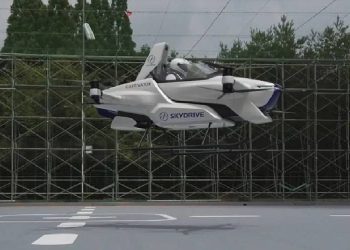The Indian Space Research Organization (ISRO) is preparing to achieve a large landmark by launching the Nisar (NASA-ESRO Synthetic Apply Radar) on July 30. ISRO Chairman and Secretary of the Space Department Dr. V According to Narayanan, the satellite will be placed in the orbit of the earth by the Indian rocket.
Narayanan said on July 30 we are going to launch the Nisar (NASA-ESRO Synthetic Apply Radar) Mission. The satellite will be placed in the orbit by the Indian rocket. The Indian Space Research Organization said that the Nisar (ISRO and NASA’s first joint earth inspection satellite) will be launched at Satish Dhawan Space Center in Sriharikota, Andhra Pradesh at 5:40 pm on July 30. The budget for this mission is around Rs 12,500 crore.
Data of the entire earth in 12 days
According to ISRO, the projection of the NASA-eight synthetic aperture radar (NISAR) satellite will prove to be an important landmark in a more than a decade long cooperation between the two space agencies. ISRO said the satellite would scan the entire earth every 12 days and provide high-resolution data day and night in all weather conditions. Satellites will be able to identify extremely subtle changes on the surface of the earth, such as changes in plants, migration of ice sheets and soil discoloration.
ISRO said that the mission would help in many important areas, such as observation of sea surface, finding ships, monitoring of storms, moisture in soil, mapping of surface water resources and disaster management. This satellite will detect some cracks in the ground due to a change in earthquake or snow sheets.
GSLV-F16 will place this satellite in a 743 km high sun-synchronized orbit. The inclination of which will be 98.40 degrees. Nisar is the world’s first satellite to observe the earth. It has two different bands (NASA’s L-band and S-band of ISRO). Due to which it will also be able to collect data from the bottom of the dense forests.
SAR has been used in the Nisar satellite. Through this technology, very good pictures can be taken using the radar system. With this technology, high-resolution pictures of the entire earth’s surface will be taken every 12 days. Both radar will receive data through NASA’s 12 meter expandable mesh reflector antenna. Which has been linked to ISRO’s I3K bus. The satellite will observe the earth with a 242 km wide and high spatial resolution. Both of them will monitor the increasing and declining number of trees and plants on earth and will also study the lack of light and excess.

































